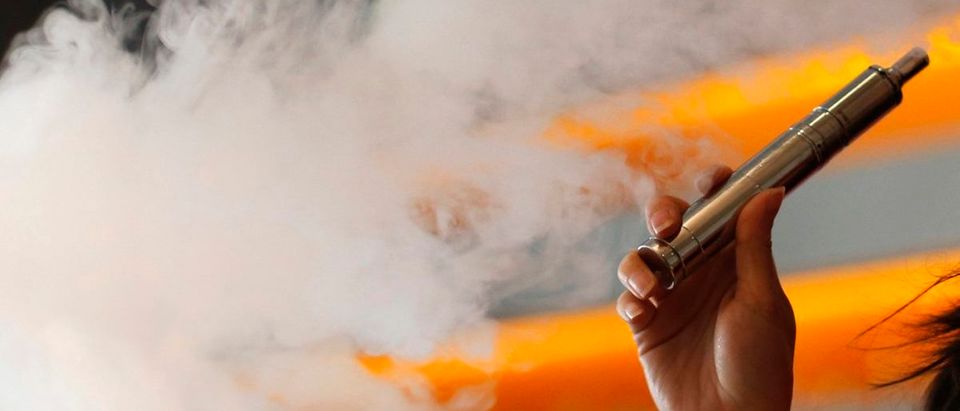Lawmakers in a New York county are including vaping in a new measure raising the tobacco purchasing age to 21, something harm reduction advocates say will disrupt efforts to quit combustible cigarettes.
The Westchester County Board of Legislators voted in near unison Monday to raise the purchasing age from 18 to 21, following the example of neighboring communities like Rockland County. Advocates argue the restriction will prevent youths from initiating tobacco use, helping them avoid developing a deadly addiction, reported lohud.com.
Public health experts agree efforts to reduce tobacco use are admirable; however, they argue those efforts are bolstered, not undermined, by vapor products. They are critical of policies that conflate combustible cigarettes’ destructive health impacts with vapor products, fearing it sends the wrong message to smokers about the drastically different health consequences of the products. (RELATED: A Majority Of Adults Still Falsely Believe Nicotine Fuels Tobacco Cancer)
Tobacco’s impact on health is determined by the delivery method, which is combustion in the case of cigarettes. The vast majority of disease-causing chemicals — up to 95 percent — are only released when burning cigarettes, according to Public Health England, an arm of the U.K.’s Department of Health. This is why e-cigarettes greatly reduce the health risks associated with smoking.
Smokers who switch to a less harmful vapor product already find themselves heavily restricted in the state. Democratic Gov. Andrew Cuomo signed a law on Oct. 23 amending New York state’s tobacco laws to include e-cigarettes, claiming it was to protect public health.
Charles Hughes, a policy analyst at the Manhattan Institute, previously argued the measure will have the opposite effect on public health because it restricts use of the products to areas where smoking is allowed. Smokers may be less likely to ever attempt quitting with a vape if the products are relegated to the status of combustible cigarettes, Hughes argued in an October editorial in Economics 21.
“Failing to recognize the differences between conventional cigarettes and e-cigarettes could slow the rate at which people shift away from conventional cigarettes,” Hughes warned.
He pointed to a study released on Oct. 2, 2017 by the Lombardi Comprehensive Cancer Center at Georgetown University Medical Center, which shows that, even in a worst case scenario, if vaping were to largely replace smoking, roughly 1.6 million smokers would avoid premature death and collectively add 20.8 million extra years to their lives.
In the best case scenario, roughly 6.6. million smokers would avoid premature death and collectively add 86.7 million extra years to their lives if vaping replaced smoking.
All content created by the Daily Caller News Foundation, an independent and nonpartisan newswire service, is available without charge to any legitimate news publisher that can provide a large audience. All republished articles must include our logo, our reporter’s byline and their DCNF affiliation. For any questions about our guidelines or partnering with us, please contact licensing@dailycallernewsfoundation.org.












